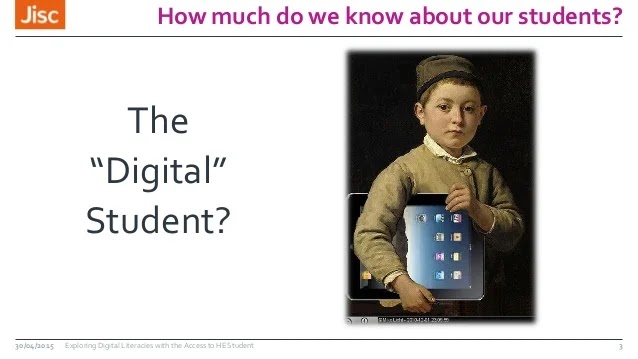Enhancing Accessibility: Exploring Smart-Device Assistive Technology
Enhancing Accessibility: Exploring Smart-Device Assistive Technology
Smart devices, such as smartphones and tablets, have become ubiquitous in our daily lives, offering a wide range of functionalities. In addition to their convenience, these devices also have the potential to empower individuals with disabilities through assistive technology. In this blog, we will delve into the realm of smart-device assistive technology, exploring its significance, features, and the positive impact it has on the lives of people with disabilities.
Understanding Smart-Device Assistive Technology Smart-device assistive technology refers to the integration of specialized software, applications, and features on smartphones, tablets, and other smart devices to aid individuals with disabilities in various aspects of their lives. These technologies are designed to enhance accessibility, communication, mobility, and overall independence.
Key Features and Functions of Smart-Device Assistive Technology
a) Screen Readers and Voice Assistants: Smart devices offer built-in screen reader functionality that converts text into speech, enabling individuals with visual impairments to access and navigate the device's interface. Voice assistants like Siri, Google Assistant, and Amazon Alexa provide hands-free control, allowing users to perform tasks using voice commands.
b) Augmentative and Alternative Communication (AAC): AAC apps on smart devices facilitate communication for individuals with speech or language impairments. These apps offer symbol-based or text-to-speech options, empowering users to express themselves effectively.
c) Accessibility Settings: Smart devices come with a range of accessibility settings, including adjustable font sizes, high contrast modes, color filters, and gesture-based controls. These features accommodate individuals with visual impairments, color blindness, or motor disabilities.
d) Assistive Touch and Switch Control: Smart devices offer features like Assistive Touch and Switch Control, which assist users with limited mobility. These features provide alternative ways to control the device, such as using gestures, on-screen buttons, or external switches.
e) Environmental Control: Some smart-device assistive technology extends beyond the device itself. It integrates with home automation systems, allowing individuals with physical disabilities to control household appliances, lights, and security systems using their smart devices.
Benefits and Impact of Smart-Device Assistive Technology a) Increased Independence: Smart-device assistive technology empowers individuals with disabilities to perform daily tasks independently, enhancing their overall quality of life.
b) Accessibility on the Go: Smart devices are portable, enabling individuals to access assistive features and resources anytime, anywhere. This mobility ensures continuous support and accessibility throughout the day.
c) Cost-Effectiveness: Smart-device assistive technology can be more cost-effective than traditional assistive devices. Instead of purchasing specialized equipment, individuals can utilize features and applications available on their existing devices.
d) Customization and Personalization: Smart devices offer a high degree of customization, allowing individuals to tailor the assistive technology to their specific needs and preferences.
Future Developments and Considerations a) Ongoing Innovation: The field of smart-device assistive technology is continuously evolving, with new apps, features, and functionalities being developed to further enhance accessibility and support for individuals with disabilities.
b) Inclusive Design: As smart-device assistive technology progresses, it is essential to prioritize inclusive design principles. Ensuring that mainstream technology incorporates accessibility features benefits a wider audience.
c) User Feedback and Collaboration: Developers should actively seek input from individuals with disabilities to understand their needs and experiences. Collaborating with the user community can lead to more effective and user-friendly assistive technology solutions.
Conclusion: Smart-device assistive technology has opened up a world of possibilities for individuals with disabilities, promoting accessibility, independence, and inclusion. With the integration of specialized features and applications, smart devices have become powerful tools that cater to diverse needs. As technology continues to advance, the future holds even greater potential for smart-device assistive technology, positively impacting the lives of millions of individuals worldwide. Let us embrace these advancements, advocate for inclusivity, and work towards a more accessible and inclusive digital world.





评论
发表评论